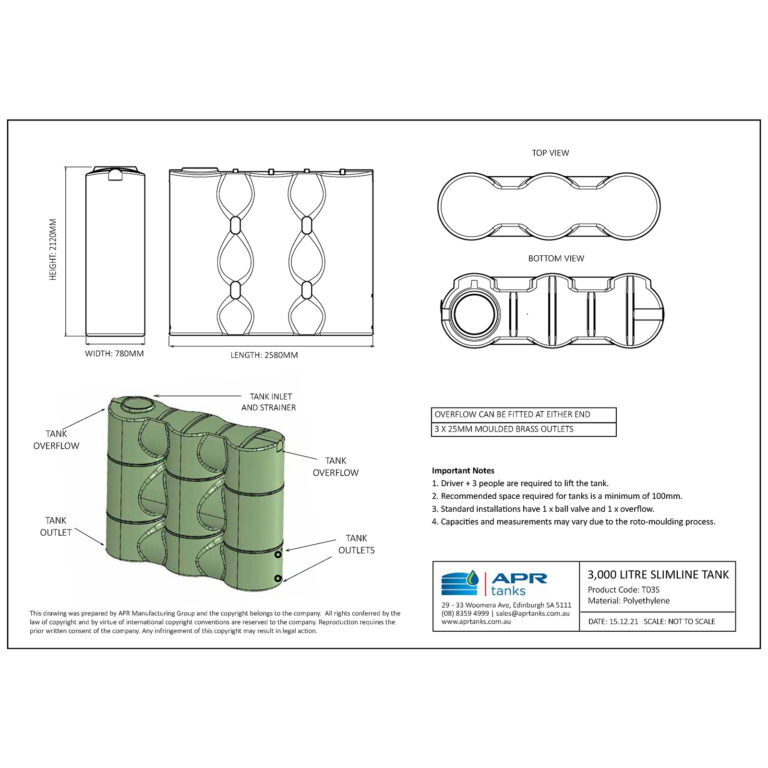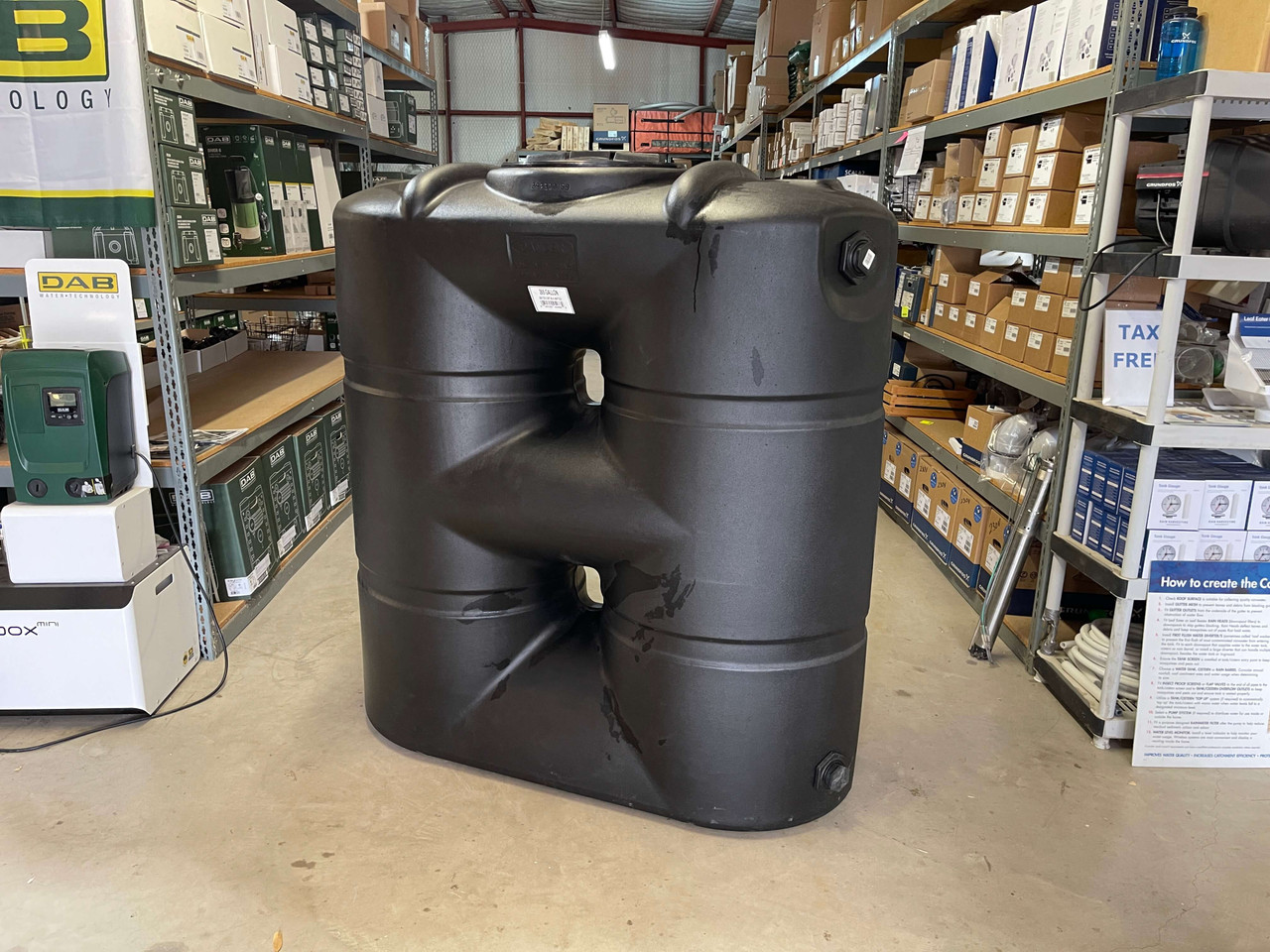Just How Slimline Water Tanks Boost Your Home's Water Performance
Just How Slimline Water Tanks Boost Your Home's Water Performance
Blog Article
Recognizing the Relevance of Rainwater Containers in Drought-Prone Regions for Water Safety
In regions at risk to extended dry spells, the function of rain storage tanks in bolstering water protection is a topic of expanding significance. As areas come to grips with the challenges of water shortage, understanding the relevance of these tanks surpasses plain collection of rainwater. Rain tanks function as a vital tool in minimizing the effect of water scarcities by offering a lasting source of water for different demands. The true worth of rain tanks extends far past plain storage; it includes resilience-building actions and the promotion of long-lasting water conservation methods. This complex strategy to water safety and security warrants a closer assessment of the role rainwater storage tanks play in making certain a reputable supply of water during times of drought.
Benefits of Rain Containers
Using rain storage tanks uses a lasting service for increasing water system and improving water protection in residential and commercial settings. Among the key benefits of rainwater storage tanks is their capacity to minimize reliance on mains water supply. By capturing and keeping rainwater that drops on rooftops, this alternative resource can be used for different non-potable objectives such as watering, purging commodes, and cleaning clothing. This not only conserves cured drinking water but additionally decreases water expenses for users.

Rain Harvesting Strategies
Rain gathering methods include a series of techniques created to effectively gather and keep rainwater for various purposes, adding to water preservation and sustainability. One usual method is the installation of roof catchment systems, where rain is gathered from the roof covering of a structure and routed to a tank. This technique is relatively simple and cost-effective. An additional preferred method is making use of above-ground or underground tank to store rain for later usage. These tanks come in numerous sizes and materials to match various needs and can be attached to the existing pipes system for easy accessibility.

Furthermore, rain yards and absorptive pavements are ingenious methods that entail landscaping or paving surfaces in such a way that permits rainwater to percolate into the ground, renewing groundwater gets. Additionally, contour farming and terracing are agricultural methods that aid capture rainwater and avoid dirt disintegration in sloping terrain. By executing these diverse rainwater harvesting methods, areas can enhance water security and resilience in drought-prone Our site regions while promoting sustainable water administration techniques.
Relevance of Water Security
Guaranteeing reputable accessibility to tidy and adequate water sources is vital for maintaining human health and wellness, financial advancement, and ecological wellness. Water safety is an essential facet of social durability, especially in regions vulnerable to droughts and water scarcity. Adequate water security incorporates numerous measurements, including accessibility, quality, and ease of access of water for domestic, farming, commercial, and environmental needs.
Water security plays a crucial duty in advertising public health and wellness by decreasing the prevalence of waterborne diseases and making certain hygiene facilities. Economically, water protection browse around these guys is crucial for agricultural productivity, commercial operations, and overall financial growth. Slimline water tanks. Moreover, water protection is carefully linked to ecological sustainability, as it supports communities, biodiversity, and total environmental balance.
In drought-prone regions, water safety becomes also much more essential because of the enhanced danger of water scarcities. Executing approaches like rainwater harvesting, water recycling, and reliable water management techniques can considerably boost water safety and security in these locations. By prioritizing water safety, communities can better hold up against the effects of environment change, populace development, and other difficulties that threaten water accessibility.
Enhancing Water Strength
With enhancing global water difficulties, constructing resilience in water systems has actually ended up being an essential emphasis for lasting advancement initiatives. Enhancing water resilience includes carrying out strategies to guarantee water schedule and quality in the face of altering ecological problems, such as droughts, floods, and pollution.
One secret element of improving water durability is advertising making use of rain storage tanks in click here for info drought-prone areas - Slimline water tanks. Rain containers function as a reliable methods of recording and saving rain for later usage, minimizing dependence on limited freshwater sources during dry periods. By incorporating rainwater harvesting systems into water management strategies, areas can boost their capacity to stand up to water shortage and preserve water protection

Sustainable Water Preservation
Among escalating water difficulties, the sensible monitoring of water sources through sustainable conservation methods is critical for ensuring long-term environmental stability and societal wellness. Lasting water preservation requires the reliable usage of water sources to fulfill existing demands without compromising the ability of future generations to meet their own requirements. By implementing techniques such as rainwater harvesting, greywater recycling, and water-efficient technologies, communities can reduce water wastage and reduce pressure on freshwater resources.
Furthermore, sustainable water conservation techniques add to ecosystem wellness by keeping appropriate water degrees in rivers, lakes, and wetlands, supporting biodiversity, and preserving all-natural environments. These methods likewise play an important role in mitigating the impacts of environment modification by assisting to adapt to transforming rainfall patterns and water accessibility.

Verdict
Finally, rainwater storage tanks play a crucial role in improving water protection and resilience in drought-prone regions. By using rain harvesting strategies, areas can reduce their reliance on standard water resources and advertise lasting water preservation practices. This not only helps reduce the effects of water deficiency throughout dry spells yet also contributes to long-term water safety and security and durability when faced with environment modification obstacles.
Report this page